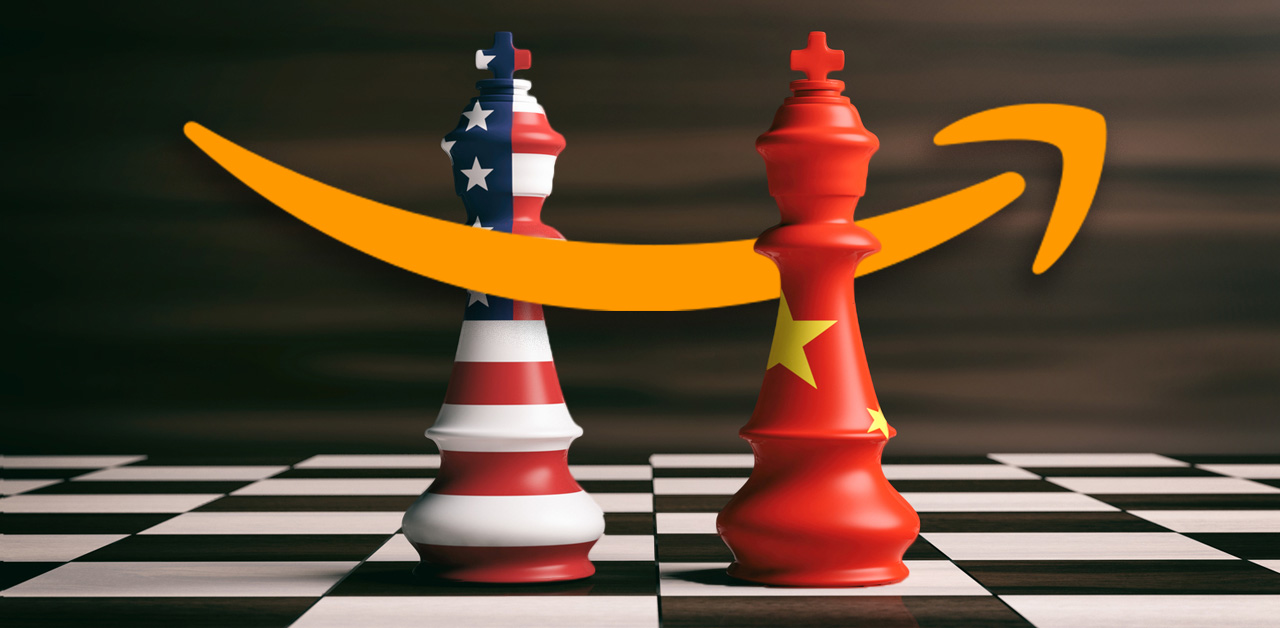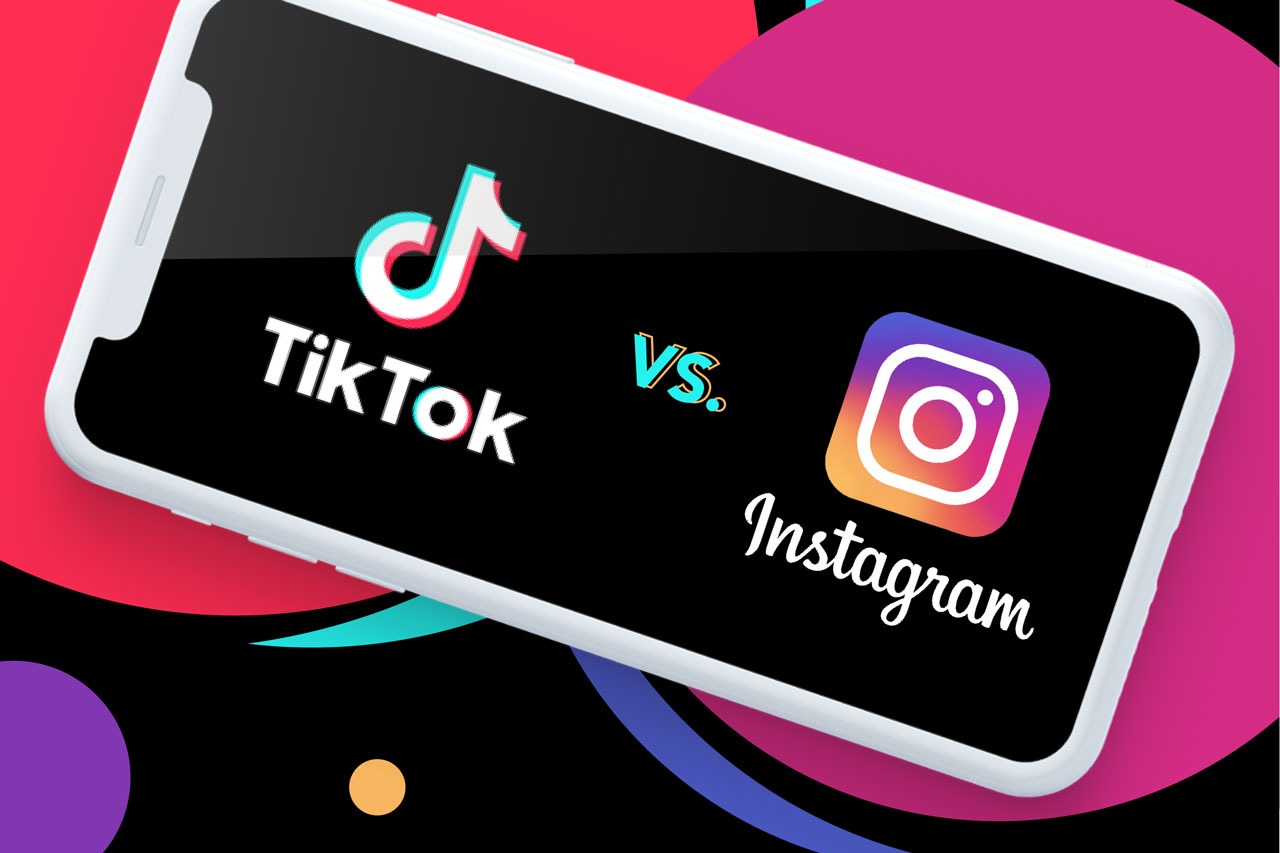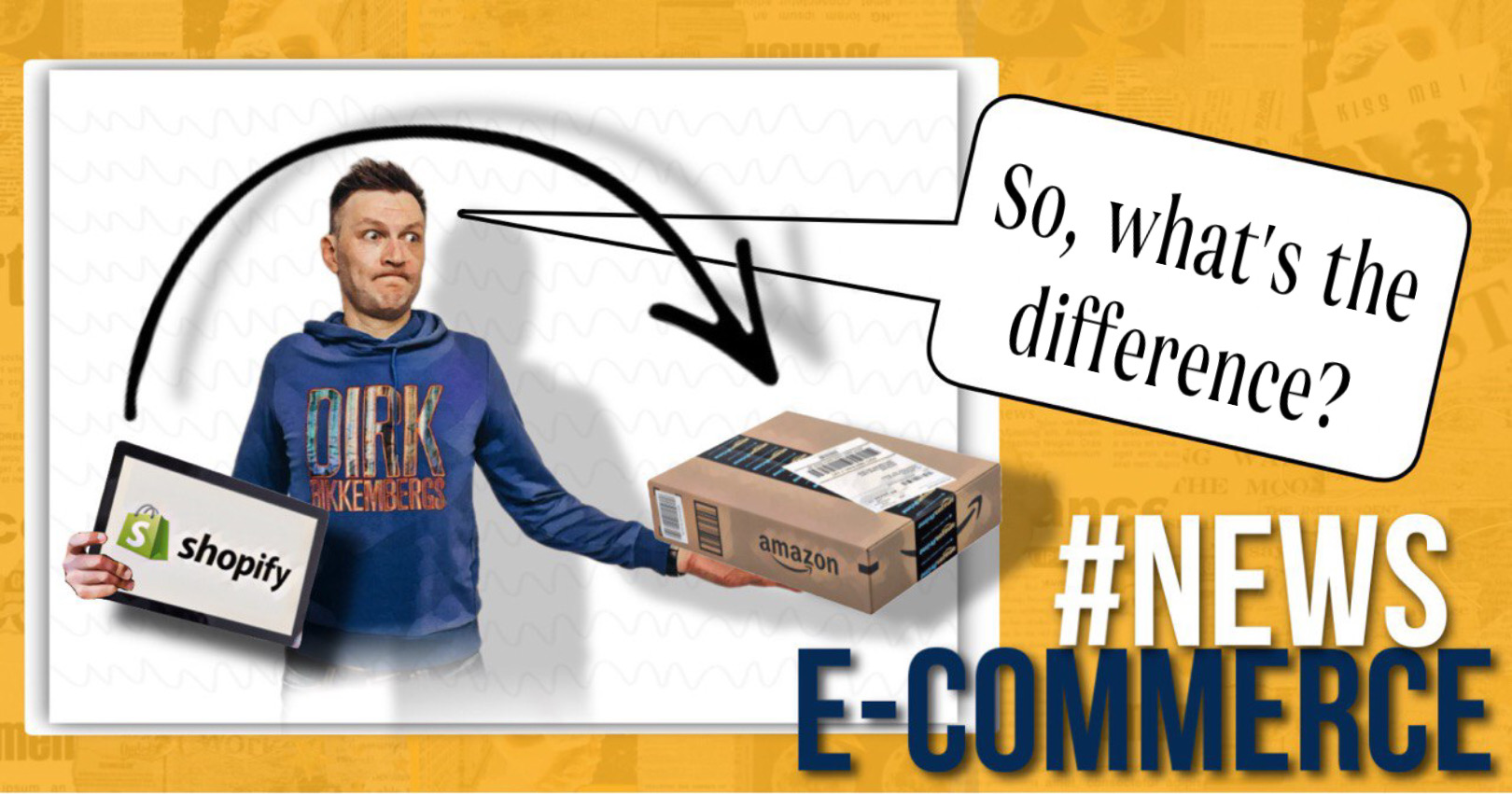Both Amazon and Shopify are a means for selling products in the digital world, but they work in very different ways. What are the main differences between them?
Amazon is a marketplace, Shopify is an ecommerce platform
Amazon is a ready-made ‘marketplace’ whereas Shopify focuses on designing and building your store from scratch.
When listing products for sale on Amazon, you are competing with thousands of other third-party sellers, sometimes on the same product listing. Moreover, you have very limited space for personalization. Therefore, it’s harder to stand out in the competition.
Shopify lets you build websites for your brand where you get to choose your own domain and customize the design of the front-end. This way, you can create the uniqueness that helps you stand out from other competitors and promote your brand.
Differences in marketing
If you sell on Amazon, you essentially have a built-in customer base of over 150 million Prime members. These shoppers trust Amazon and are on the website to buy products they love and need. If you are selling popular products that customers are searching for, you can achieve organic sales without the use of advertising. (Though many sellers take advantage of Amazon PPC Advertising.)
On Shopify, you are responsible for driving traffic to your website — Shopify does not do that for you. You can have the best website and product in your niche but if customers don’t know that your brand exists, you obviously won’t get any sales. Driving qualified traffic and profitable sales to a website no customer has heard of can be challenging for a beginner seller.
Building your reputation is a must: Selling with Shopify means you have your own website for your brand. Therefore, if you do not promote your store, there will be no traffic to your website.
Amazon and Shopify fees
The one downside of selling on Amazon: the numerous fees, which can account for nearly 30-40% of your sales revenue.
On Shopify, the only fees you will need to pay are:
- Monthly subscription:
Basic Shopify – $29/month.
Shopify – $79/month.
Advanced Shopify – 299/month.
- Payment processing fee (2.4% – 2.9% +30 cents, depending on the subscription plan).
- Domain name registration ($9-15 a year).
All in all, it is much less than what you would pay in Amazon selling fees.
Can I sell my products on both Shopify and Amazon?
Amazon FBA and Shopify can work together. You need to have both an Amazon Seller account and a Shopify Store. From there you can link the accounts and you’ll get the ability to list directly through both platforms as well as keeping all of your product details, listings and inventory up to date.
Amazon is great for making money and increasing brand awareness with a large audience. Having a Shopify store helps to build your brand identity with the potential to scale your business on your own.
Sources: junglescout.com, litextension.com
More Amazon news

What is fuelling the rise of Chinese sellers on Amazon?
75% of new sellers on Amazon are from China China-based sellers represent 75% of new sellers on Amazon in 2021, according to a report by Marketplace Pulse. This marks a significant increase from 47% in the previous year. While this hasn’t yet impacted the GMV (gross...

Instagram vs TikTok: who’s ruling the e-commerce experience?
Instagram vs TikTok: social media e-Commerce marketing Instagram’s Reels feature is one of the fastest products Facebook has ever monetized, and it could be an important factor in fending off TikTok Instagram has become the network of choice for brands to market...

Amazon’s share of the US e-commerce market is expected to surpass 50%
There will be an influx of new sellers on Amazon Amazon will continue to dominate the e-commerce space. After the pandemic struck, the company’s revenue jumped 40% compared to the previous year, reaching $88.9 billion. The COVID-19 pandemic has affected every person...


